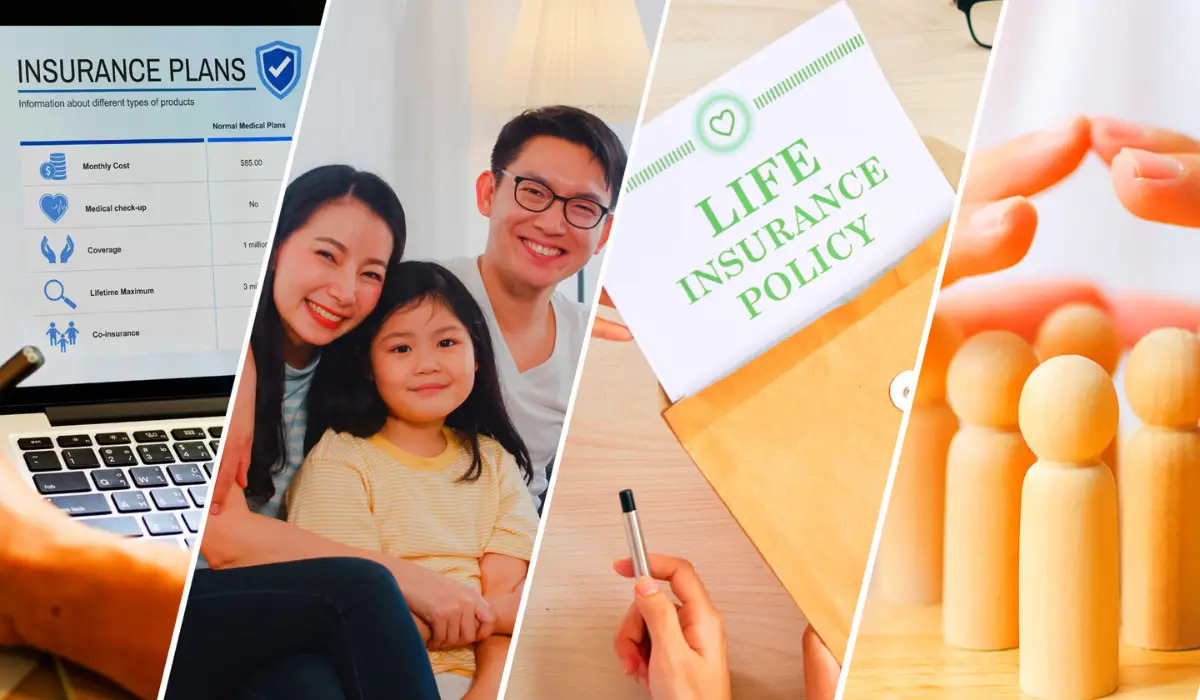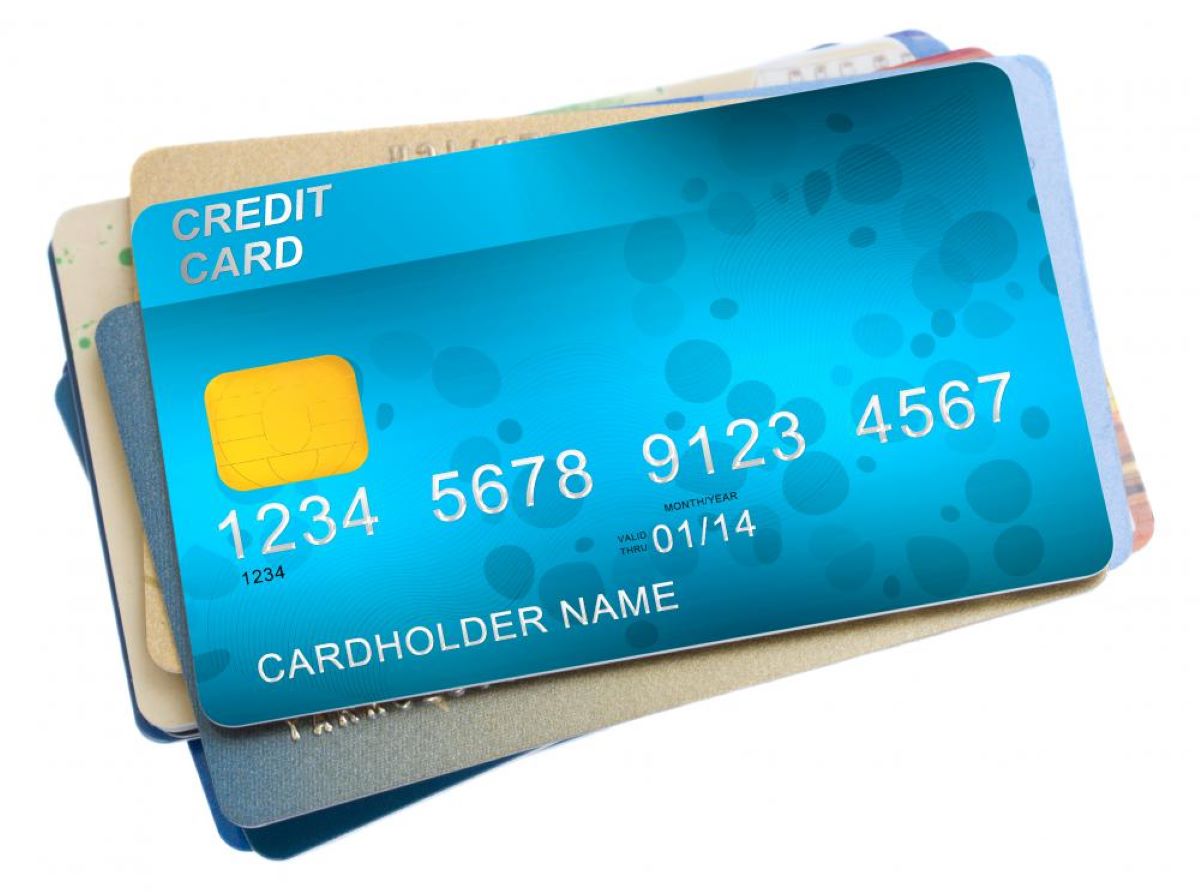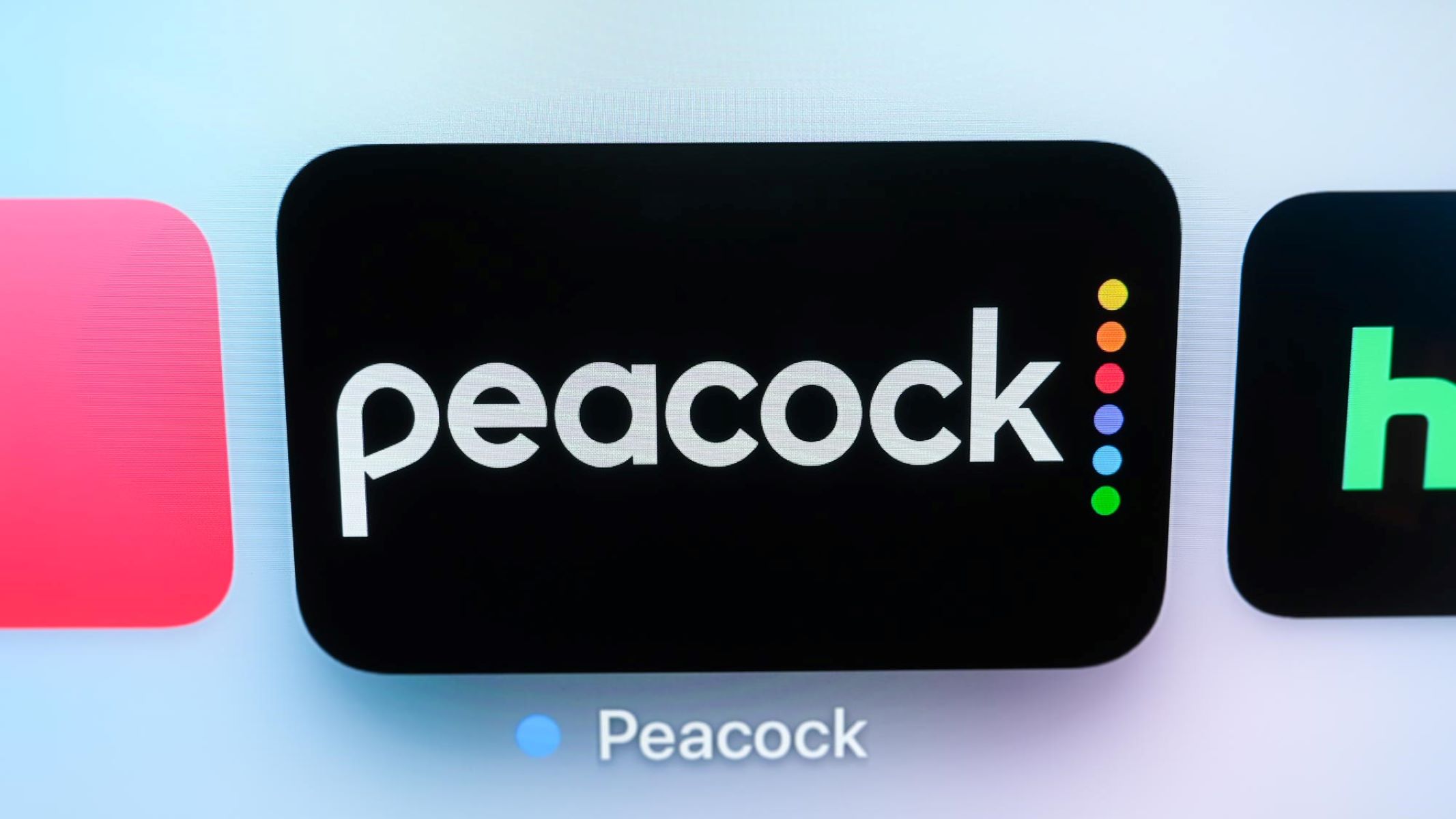

Finance
How To Pay Off 100K In Student Loans
Published: January 19, 2024
Are you struggling with 100K in student loans? Learn how to pay them off and improve your finances with our expert tips and strategies.
(Many of the links in this article redirect to a specific reviewed product. Your purchase of these products through affiliate links helps to generate commission for LiveWell, at no extra cost. Learn more)
Table of Contents
- Introduction
- Assessing Your Student Loan Situation
- Creating a Budget
- Evaluating Repayment Options
- Exploring Loan Forgiveness Programs
- Earning Extra Income
- Refinancing or Consolidating Loans
- Implementing a Debt Repayment Strategy
- Staying Motivated and Focused
- Tracking Progress and Celebrating Success
- Conclusion
Introduction
Having $100,000 in student loan debt can feel overwhelming, but with the right strategies and determination, you can successfully pay it off and regain financial freedom. Student loans play a significant role in enabling individuals to pursue higher education and career opportunities. However, the burden of student loan debt can hang over your head for years, affecting your ability to save for the future and achieve other financial goals.
In this article, we will explore various approaches to paying off $100,000 in student loans. From evaluating your financial situation to implementing a debt repayment strategy, we will provide actionable steps to help you navigate your way to a debt-free future.
It’s important to approach this challenge with a positive mindset and a strong commitment to take control of your financial situation. While it may seem daunting at first, remember that many others have successfully paid off significant student loan debts, and you can too.
Assessing Your Student Loan Situation
Before you begin your journey to pay off $100,000 in student loans, it’s crucial to have a clear understanding of your current loan situation. Take the time to gather all the necessary information, such as the total loan amount, interest rates, and repayment terms.
Start by compiling a list of all your student loans, including both federal and private loans. Make note of the outstanding balance on each loan, the interest rates, and the minimum monthly payments. This will give you a comprehensive overview of your debt and help you prioritize your repayment strategy.
Next, determine the repayment plan for each loan. Federal loans typically offer various options, such as Standard Repayment, Graduated Repayment, or Income-Driven Repayment plans. Private loans may have different terms and conditions, so review the loan agreements to understand the options available to you.
Calculate the total interest you will pay over the life of the loans. This can be an eye-opening exercise and motivate you to find ways to pay off your loans faster.
Take stock of your current financial situation and evaluate your income, expenses, and existing obligations. Understanding your cash flow is essential in determining how much you can allocate towards your student loan payments.
Assess your financial goals and priorities. Consider how paying off your student loans fits into your long-term plans. Are there other financial goals, such as saving for a down payment on a house or starting a family, that you want to achieve concurrently? This will help you determine the level of commitment and intensity you need to put into your loan repayment strategy.
By evaluating your student loan situation thoroughly, you will be empowered to make informed decisions and develop a personalized plan to pay off your $100,000 debt.
Creating a Budget
Creating a budget is a fundamental step in managing your finances and paying off your $100,000 student loan debt. A budget allows you to track your income and expenses, identify areas where you can cut back on spending, and allocate funds towards your loan payments.
Start by analyzing your current spending habits and identifying areas where you can reduce expenses. Look for discretionary expenses that can be eliminated or reduced, such as eating out, entertainment, or subscription services. Consider finding more cost-effective alternatives for essential expenses, such as groceries or utilities.
Allocate a specific amount of your income towards your monthly loan payments. Prioritize your loan payments in your budget to ensure they are given the highest level of importance. Determine the maximum amount you can dedicate to student loan repayment each month without compromising your basic needs.
Consider setting up automatic payments for your student loans. Automating your payments ensures that you never miss a payment and helps you stay on track with your repayment plan.
As you create your budget, make sure to leave room for emergencies and unforeseen expenses. Building an emergency fund will protect you from unexpected financial setbacks and prevent you from accumulating additional debt.
Regularly review and revise your budget as your income and expenses change. Periodically assessing your budget helps you identify areas for improvement and adjust your debt repayment strategy accordingly.
Remember, creating a budget is not about depriving yourself of enjoyment but rather finding a balance between paying off your debt and maintaining a comfortable lifestyle. By being mindful of your spending habits and making conscious choices, you can make significant progress in paying off your student loans.
Evaluating Repayment Options
When it comes to repaying $100,000 in student loans, it’s crucial to explore and understand the different repayment options available to you. Depending on your financial situation and loan type, certain repayment plans may be more favorable than others.
For federal student loans, you may have access to several repayment plans, such as:
- Standard Repayment: This plan offers fixed monthly payments over a 10-year term.
- Graduated Repayment: With this plan, your payments start lower and gradually increase every two years.
- Income-Driven Repayment: These plans calculate your monthly payment based on a percentage of your discretionary income and family size.
Each repayment plan has its own advantages and considerations. Standard repayment offers faster debt payoff but may require higher monthly payments. Graduated repayment provides a more gradual increase in payment amounts, suitable for those anticipating income growth. Income-driven repayment can offer flexibility based on your income but could result in a longer loan term with potentially more interest paid over time.
For private student loans, reach out to your lender to explore any available repayment options. They may provide options such as extended repayment terms or interest-only payments for a certain period.
While evaluating repayment options, consider the impact on your overall financial health. Compare the total interest paid and the length of the repayment term for each plan. Opting for a plan that allows you to pay off the debt quickly while minimizing interest costs would be ideal, if feasible within your budget constraints.
Remember, choosing the right repayment plan is an important decision that should align with your specific circumstances and goals. Take the time to research and assess different options to determine which plan will best help you pay off your $100,000 student loan debt.
Exploring Loan Forgiveness Programs
While paying off $100,000 in student loans may seem daunting, there are loan forgiveness programs that can help alleviate the burden or even eliminate a portion of your debt, depending on your profession, employer, or circumstances.
Public Service Loan Forgiveness (PSLF) is a federal program that forgives the remaining balance on eligible Direct Loans after you have made 120 qualifying payments while working full-time for a qualifying employer. This program is available to those working in public service fields, such as government, non-profit organizations, or certain qualifying professions.
Teacher Loan Forgiveness is another federal program that offers up to $17,500 in forgiveness for eligible teachers who have taught for five consecutive years in low-income schools or educational service agencies.
Income-Driven Repayment (IDR) plans also offer potential loan forgiveness. Under certain IDR plans, any remaining balance on your loans after a specific repayment period (typically 20 or 25 years) may be forgiven. However, it’s important to note that forgiven amounts under an IDR plan may be taxable.
Additionally, some states and organizations offer loan forgiveness programs specific to certain professions, such as healthcare, law enforcement, or teaching in underserved areas. Research these programs to see if you qualify for any loan forgiveness opportunities.
It’s important to carefully review the requirements, application process, and limitations of loan forgiveness programs. Some programs have specific eligibility criteria and require meeting certain conditions to qualify. Keep in mind that these programs often have limited funding, so it’s crucial to stay updated on any changes to ensure you can take advantage of these opportunities.
Exploring loan forgiveness programs can provide a significant opportunity to reduce your student loan burden. While they may not eliminate the entire $100,000 debt, they can potentially ease the financial strain and accelerate your journey to becoming debt-free.
Earning Extra Income
When facing a significant student loan debt of $100,000, finding ways to increase your income can substantially accelerate your loan repayment progress. Here are some strategies to consider for earning extra income:
1. Part-time job or freelance work: Look for opportunities to work part-time or take on freelance projects in your field or a side gig that aligns with your skills and interests. This additional income can be dedicated directly towards your loan payments.
2. Side hustles: Explore creative side hustles that can generate income. This could involve selling handmade crafts, offering tutoring services, or providing consulting in your area of expertise.
3. Gig economy platforms: Consider leveraging gig economy platforms like Uber, Lyft, or TaskRabbit to earn extra money during your free time. These platforms offer flexibility and the opportunity to maximize your earning potential.
4. Renting out assets: If you have spare space or assets, consider renting them out. This could include renting out a room on Airbnb or leasing out equipment or tools you own.
5. Online work opportunities: Explore online platforms that offer remote work opportunities, such as freelancing websites, virtual assistant roles, or online tutoring. These platforms provide flexibility and the ability to work from anywhere.
6. Monetizing skills or hobbies: Identify skills or hobbies that can be monetized. For instance, if you are a talented writer, you can offer freelance writing services. If you excel at graphic design, you can take on design projects for clients.
Remember, while earning extra income can help expedite your loan repayment, it’s essential to balance your work commitments with self-care and maintaining a healthy work-life balance. Choose income-earning opportunities that align with your skills, interests, and availability.
By exploring multiple income streams and dedicating the additional earnings towards your student loan payments, you can make significant progress towards paying off your $100,000 debt in a shorter period of time.
Refinancing or Consolidating Loans
If you have multiple student loans with varying interest rates and repayment terms, refinancing or consolidating your loans may be a viable option to simplify your repayment process and potentially save money. Here’s what you need to know:
Refinancing:
Refinancing involves taking out a new loan with a private lender to pay off your existing student loans. The new loan will come with new terms, such as a fixed or variable interest rate and a new repayment term. By refinancing, you may be able to secure a lower interest rate, reduce your monthly payments, or shorten your repayment term.
However, before refinancing, consider the potential drawbacks. If you refinance federal loans, you will lose access to federal benefits such as income-driven repayment plans and loan forgiveness programs. Additionally, eligibility for refinancing relies on factors such as your credit score, income, and overall financial situation.
Consolidation:
Consolidation involves combining multiple federal loans into a single loan through the Direct Consolidation Loan program. Unlike refinancing, consolidation does not typically result in a lower interest rate. Instead, it simplifies your loan repayment by consolidating multiple loans into one, with one monthly payment.
Consolidation can make it easier to manage your loans, especially if you have loans with different servicers. However, similar to refinancing, consolidation may cause you to lose specific benefits associated with original loans, such as interest rate discounts or loan cancellation options.
When considering refinancing or consolidating your loans, it’s essential to carefully evaluate the terms and conditions offered by different lenders or programs. Compare the potential savings, repayment flexibility, and any potential loss of federal benefits before deciding if refinancing or consolidation is the right option for you.
Consulting a financial advisor or student loan expert can provide valuable guidance in understanding the impact of refinancing or consolidation on your unique student loan situation.
Implementing a Debt Repayment Strategy
To tackle your $100,000 student loan debt effectively, it’s essential to develop a well-defined debt repayment strategy. By following a structured plan, you’ll gain clarity, stay organized, and make steady progress towards becoming debt-free. Here are some steps to implement your debt repayment strategy:
1. Set a specific goal: Determine how quickly you want to pay off your student loans. Set a specific target date or timeframe for achieving debt freedom. Having a clear goal will motivate you and provide a timeline for tracking your progress.
2. Prioritize your loans: Identify the loans with the highest interest rates and focus on paying them off first. By targeting high-interest loans, you’ll minimize the amount of interest accumulation over time.
3. Make extra payments: Allocate additional funds towards your loan payments whenever possible. Consider using any windfall, such as bonuses, tax refunds, or cash gifts, to make lump-sum payments. Even small additional payments can make a significant impact in reducing your overall debt.
4. Consider the snowball or avalanche method: The snowball method involves paying off the smallest loan balance first, while the avalanche method involves prioritizing the loan with the highest interest rate. Choose the method that aligns with your financial preferences and motivates you to continue making progress.
5. Cut back on unnecessary expenses: Identify areas where you can reduce discretionary spending and redirect those funds towards your loan payments. This could include dining out less frequently, canceling unused subscriptions, or finding more affordable alternatives for entertainment.
6. Seek professional help: Consider consulting a financial advisor or loan counselor who can provide guidance on debt repayment strategies, loan forgiveness options, or refinancing opportunities. They can help you navigate through the complexities of your student loans and provide customized advice tailored to your unique situation.
7. Stay disciplined and track your progress: Stick to your repayment plan and track your progress regularly. Celebrate milestones along the way to stay motivated. Use budgeting tools or debt repayment apps to monitor your loan balances, interest paid, and remaining debt.
Remember, paying off a significant debt like $100,000 in student loans takes time and dedication. Stay committed to your debt repayment strategy and believe in the power of consistent effort. Each payment brings you one step closer to financial freedom.
Staying Motivated and Focused
When faced with the daunting task of paying off $100,000 in student loans, it’s important to stay motivated and focused throughout your debt repayment journey. Here are some strategies to help you maintain your momentum:
1. Visualize your debt-free future: Take a moment to imagine the incredible sense of freedom and relief you will experience once you are debt-free. Visualizing your financial goals and the life you want to lead beyond student loan debt can serve as a powerful motivator.
2. Celebrate milestones: Break down your debt into smaller, achievable milestones. Celebrate each milestone you reach, such as paying off a specific loan or reaching a certain percentage of debt reduction. Rewarding yourself along the way will keep you motivated and provide a sense of accomplishment.
3. Surround yourself with a supportive network: Share your debt repayment journey with friends and family who can provide encouragement. Connect with online communities or support groups of individuals going through similar experiences. Having a support system can help you stay focused, share strategies, and find inspiration in the success stories of others.
4. Track your progress: Keep a record of your progress by tracking your monthly payments, loan balances, and overall debt reduction. Seeing tangible results can provide a sense of satisfaction and motivate you to continue making progress.
5. Find inspiration: Read success stories of individuals who have successfully paid off their student loans. Follow personal finance blogs or podcasts that provide tips and motivation for debt repayment. Surrounding yourself with positive and inspiring content will help maintain your determination.
6. Stay engaged with personal finance: Continuously educate yourself about personal finance matters, such as budgeting, investing, and debt management. This knowledge will empower you and reinforce the importance of your debt repayment journey.
7. Take care of yourself: Self-care plays a crucial role in staying motivated and focused. Make sure to prioritize your physical and mental well-being. Maintain a healthy work-life balance, practice stress management techniques, and engage in activities that bring you joy and relaxation.
Remember, paying off a significant amount of student loan debt takes time and dedication. There may be moments of frustration or discouragement along the way, but by staying motivated, celebrating milestones, and staying focused on your goal, you will ultimately achieve the financial freedom you desire.
Tracking Progress and Celebrating Success
As you work towards paying off $100,000 in student loans, tracking your progress and celebrating milestones along the way is vital to staying motivated and focused. Here are some tips for tracking your progress and celebrating your success:
1. Set measurable goals: Break down your debt repayment journey into smaller, achievable goals. This could include paying off a specific loan, reducing your overall debt by a certain percentage, or reaching a specific milestone in your repayment plan. Setting these measurable goals provides you with clear targets to work towards.
2. Use tracking tools: Utilize budgeting apps or spreadsheets to track your loan payments, outstanding balances, and progress over time. These tools can provide a visual representation of your progress and help you stay organized.
3. Create a visual progress tracker: Consider creating a visual representation of your debt repayment journey. This could be a chart or a jar filled with marbles or beads representing each loan payment made. As you make payments and see your progress visually, it can serve as a motivating reminder of how far you’ve come.
4. Celebrate milestones: Each time you achieve a goal or reach a milestone, take the time to celebrate your progress. Treat yourself to a small reward or indulge in an activity that brings you joy. Celebrating milestones reinforces your commitment and builds excitement for the next phase of your debt repayment journey.
5. Share your achievements: Share your progress with friends, family, or your support network. Celebrate your successes with them, and their encouragement and enthusiasm can fuel your motivation to keep going.
6. Reflect on your achievements: Take moments to reflect on how far you’ve come. Acknowledge the hard work and sacrifices you’ve made to pay off your student loans. Recognize the progress you’ve achieved and the financial freedom that lies ahead.
7. Stay motivated: During your debt repayment journey, stay motivated by reminding yourself of the financial goals you’re working towards. Visualize the life you want to create once you’re debt-free. Surround yourself with positive and inspiring content related to personal finance to maintain your focus.
Remember, tracking your progress and celebrating your success is not only about recognizing your achievements, but it is also about staying motivated and enjoying the journey towards debt freedom. By celebrating milestones along the way, you’ll stay motivated and committed to reaching your ultimate goal of financial freedom.
Conclusion
Paying off $100,000 in student loans may seem like a daunting task, but with careful planning, determination, and the implementation of effective strategies, you can achieve financial freedom and successfully eliminate your debt. It may take time and dedication, but the end result will be well worth the effort.
Start by assessing your student loan situation and understanding the repayment options available to you. Create a realistic budget that allows you to allocate funds towards your loan payments while still meeting your essential needs. Explore loan forgiveness programs and additional income opportunities to accelerate your debt repayment.
Consider refinancing or consolidating your loans to streamline the repayment process and potentially save money. Develop a debt repayment strategy that prioritizes high-interest loans and allows for extra payments whenever possible. Stay motivated and focused by celebrating milestones, tracking your progress, and surrounding yourself with a supportive network.
Remember to take care of yourself along the journey. Self-care and maintaining a healthy work-life balance are crucial to staying resilient and motivated throughout the process. By staying disciplined, tracking your progress, and celebrating your successes, you will inch closer to your goal of becoming debt-free.
Keep in mind that everyone’s financial situation is unique, and what works for one person may not work for another. Consider seeking advice from financial professionals or student loan experts who can provide personalized guidance tailored to your specific circumstances.
Stay committed to your debt repayment journey, and soon enough, you will overcome the burden of student loans and pave the way for a more secure and financially stable future.














